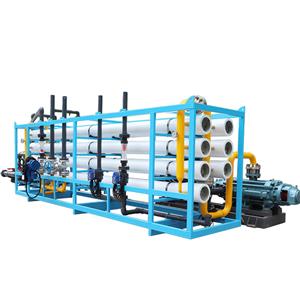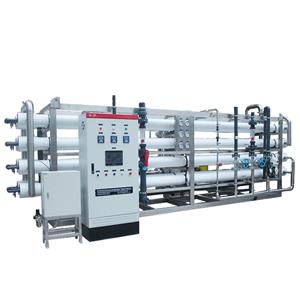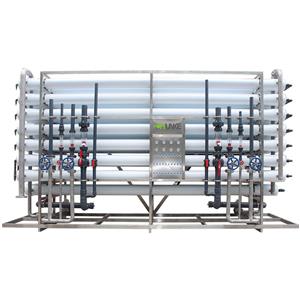What is the difference between a water treatment plant and a water filtration plant?
In the process of ensuring people's daily water safety, water treatment plants and water filtration plants play an important role. However, although both are related to water purification and treatment, their functions, processes and scope of applications are significantly different.
This article will explore the differences between water treatment plants and water filtration plants in detail to help readers better understand their role in water resource management.
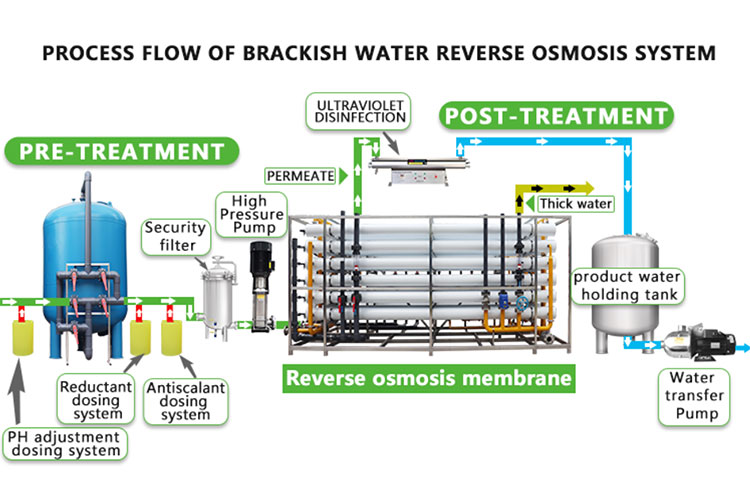
What is a water treatment plant?
A water treatment plant is a comprehensive water treatment facility whose main task is to treat untreated natural water (such as river water, lake water and groundwater) into safe water that meets drinking water standards, or to treat sewage into water that meets discharge standards. water. These treatment plants remove suspended solids, organic matter, heavy metals and pathogenic microorganisms from the water through a series of complex physical, chemical and biological treatment processes.
What functions does a water treatment plant have?
The main functions of water treatment plants include the following aspects:
● Drinking water treatment: Treating natural water sources into safe drinking water.
● Sewage treatment: Treat domestic sewage and industrial wastewater, remove pollutants and protect the environment.
● Recycled water treatment: Treat sewage into reusable recycled water for industrial production, agricultural irrigation, urban greening, etc.
What is a water filtration plant?
A water filtration plant is a facility specifically used for water filtration treatment. Its main task is to remove suspended solids, impurities and some microorganisms in the water through physical filtration. Water filtration plants usually do not involve complex chemical and biological treatment processes. Their main function is to improve the appearance and some physical properties of water to make the water clearer.
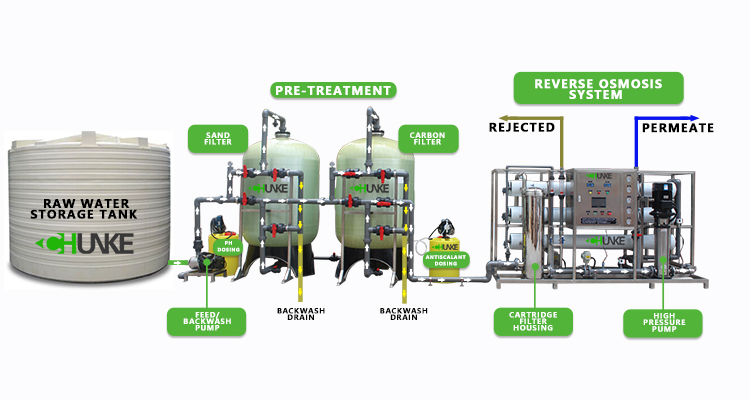
What functions does a water filtration plant have?
The main functions of a water filtration plant include:
● Primary water filtration: used to pretreat water sources to remove larger particles and suspended solids.
● Industrial water filtration: Provide filtered water that meets the requirements for industrial production to protect equipment and product quality.
● Domestic water filtration: improve household water quality and remove impurities and odors from water.
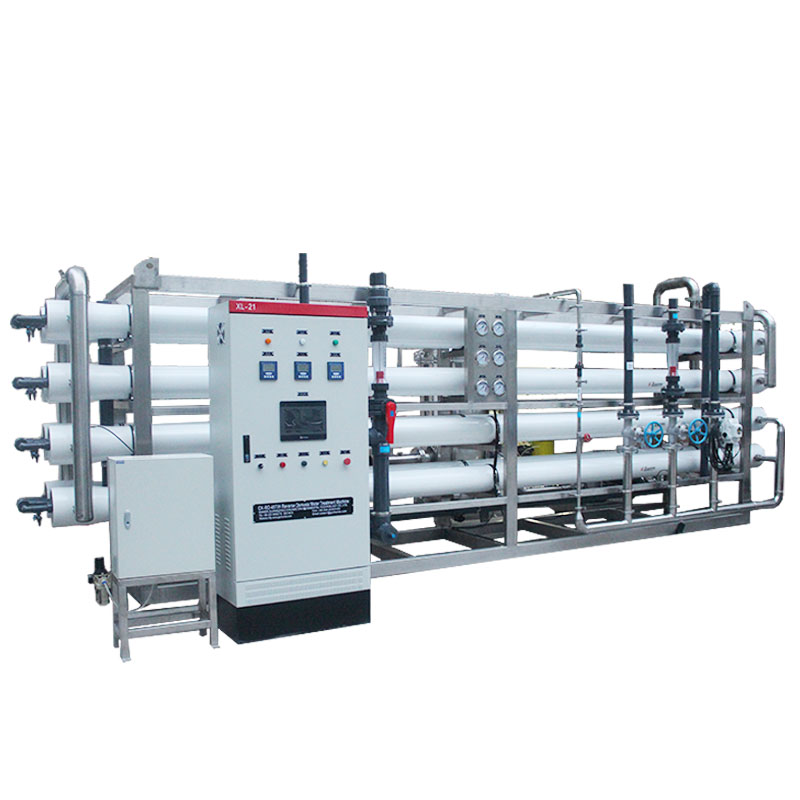
What is the difference between a water treatment plant and a water filtration plant?
1. Different processing goals:
● Water treatment plant: The treatment goal is to comprehensively remove various pollutants in the water, including organic matter, inorganic matter, heavy metals and pathogenic microorganisms, to ensure that the water quality meets drinking water or discharge standards.
● Water filtration plant: The main treatment goal is to remove suspended solids and impurities in the water, and improve the physical appearance and some physical properties of the water.
2. Different processing techniques:
● Water treatment plant: usually uses a variety of treatment processes, including coagulation, sedimentation, filtration, disinfection, biological treatment and chemical treatment.
● Water filtration plant: Mainly uses physical filtration methods, such as sand filtration, carbon filtration and membrane filtration, etc. The treatment process is relatively simple.
3. Different application scopes:
● Water treatment plant: widely used in urban water supply, sewage treatment, recycled water treatment and other fields, involving public health and environmental protection.
● Water filtration plant: Mainly used in industrial production, household water pretreatment and water quality improvement in specific scenarios.
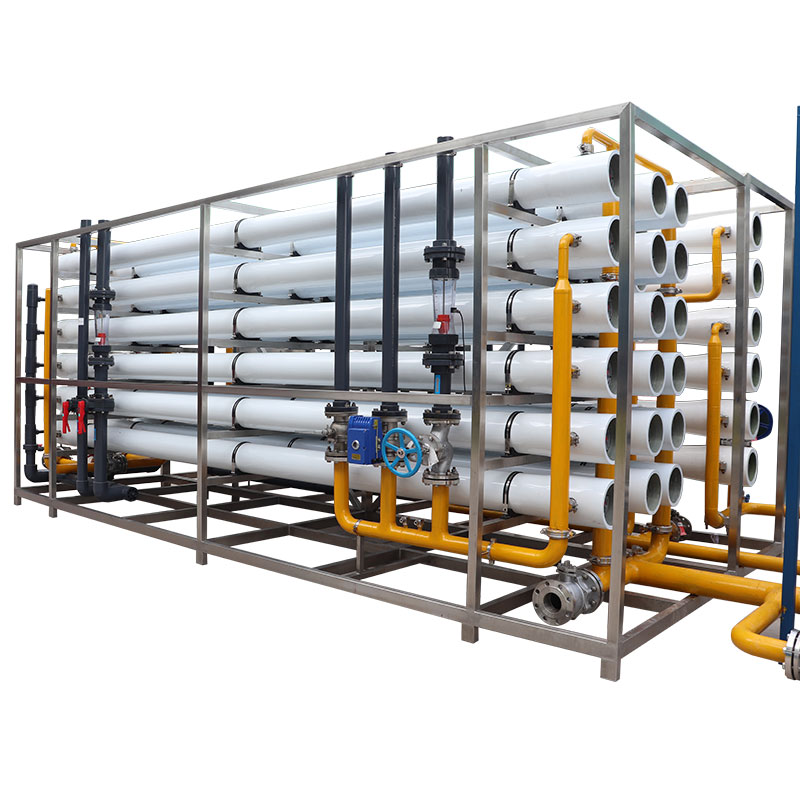
What is the detailed treatment process of a water treatment plant?
The detailed treatment process of the water treatment plant: water intake → pretreatment → coagulation and flocculation → sedimentation → filtration → disinfection → storage and transportation.
1. Water extraction: Water is extracted from rivers, lakes or underground sources and transported to water treatment plants through pipelines.
2. Pretreatment: The pretreatment stage includes screening, grit settling and preliminary sedimentation to remove larger particles and suspended solids in the water.
3. Coagulation and flocculation: Add chemicals (such as alum or polyaluminum chloride) to aggregate the fine particles in the water into larger flocs to facilitate subsequent precipitation and filtration.
4. Sedimentation: The floc settles in the sedimentation tank to form sludge and is removed, and the clean water enters the next treatment stage.
5. Filtration: The precipitated water passes through sand filters or other filtration equipment to remove remaining tiny particles and impurities.
6. Disinfection: Disinfect through methods such as chlorination, ozone or ultraviolet rays to kill pathogenic microorganisms in the water and ensure the safety of water quality.
7. Storage and transportation: The treated water enters the storage tank and is transported to the city water supply system or other water facilities through pipelines.
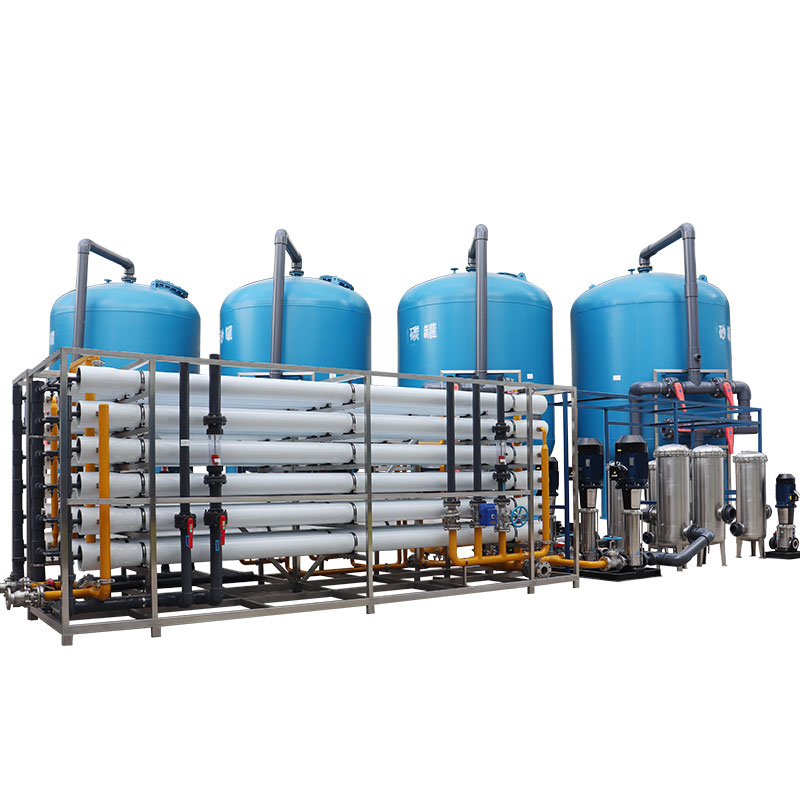
What is the detailed treatment process of a water filtration plant?
The detailed treatment process of the water filtration plant: water intake → primary filtration → activated carbon filtration → fine filtration → storage and transportation.
1. Water intake: Water is drawn from the tap water network or other water sources and transported to the water filtration plant through pipelines.
2. Primary filtration: remove larger particles and suspended solids from the water through sand filters or sedimentation tanks.
3. Activated carbon filtration: Remove odors, organic matter and some chemical pollutants from the water through the activated carbon filter.
4. Fine filtration: Use microfiltration or ultrafiltration membranes to further remove tiny particles and some microorganisms in the water.
5. Storage and transportation: The filtered water enters the storage tank and is transported to users or industrial production facilities through pipelines.
Conclusion about water treatment plants and water filtration plants
Although water treatment plants and water filtration plants are both related to water purification and treatment, they have significant differences in treatment objectives, treatment processes and application scope. Water treatment plants focus on comprehensively removing various pollutants in water to ensure water quality safety, and are widely used in urban water supply and sewage treatment; while water filtration plants mainly remove suspended solids and impurities in water through physical filtration methods, and are used in industrial production and Pretreatment of domestic water.
Understanding the difference between the two can help us better choose a suitable water treatment solution to ensure water safety and environmental protection.

